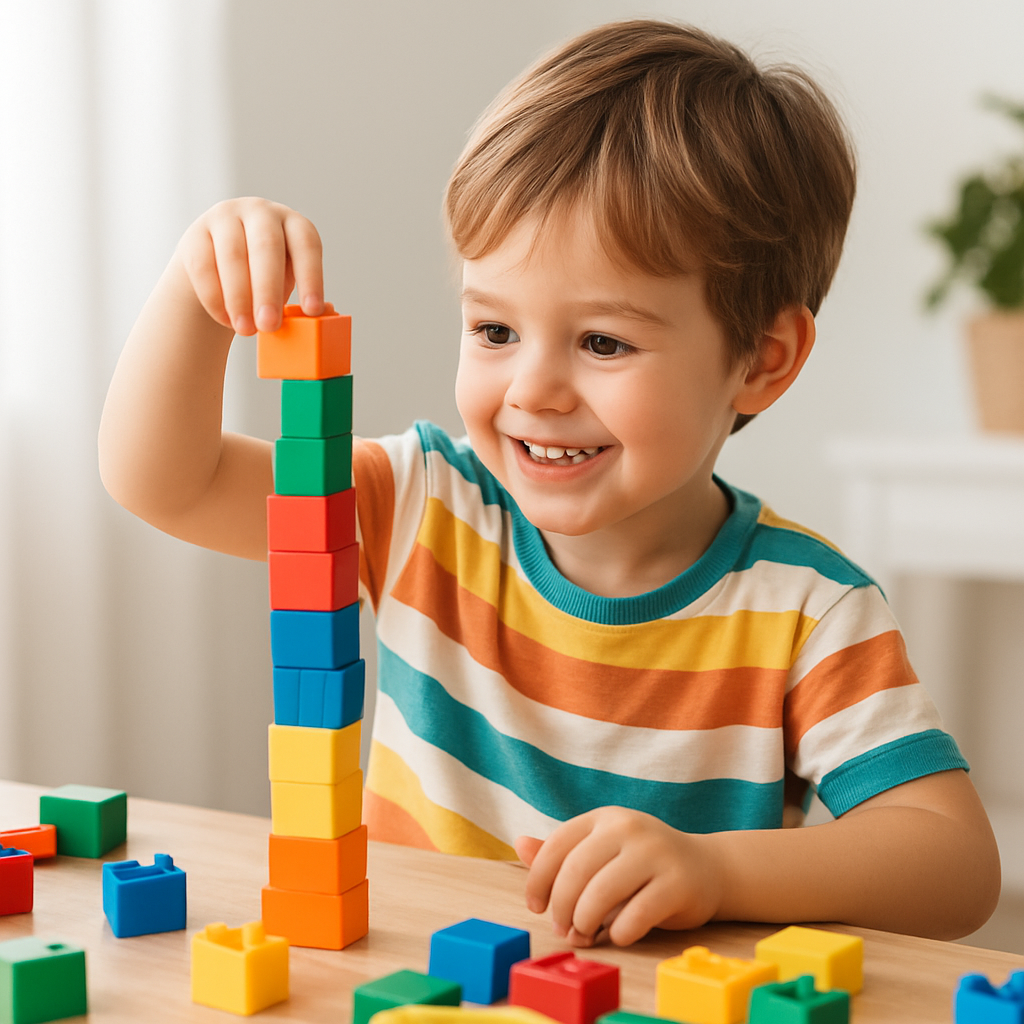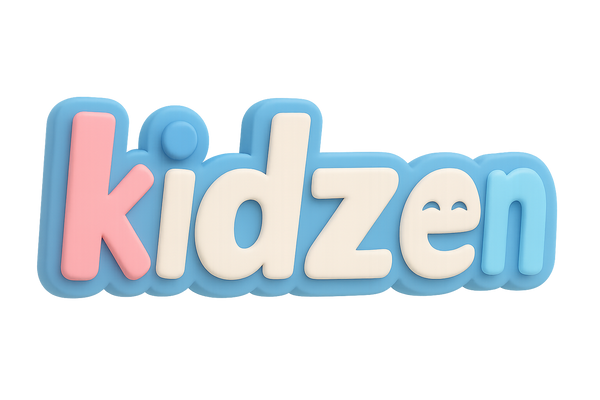
The Science Behind Building Blocks: Why Kids Love to Create 🧱✨
Share
Intro
Few toys are as timeless as building blocks. From wooden cubes to colorful LEGO sets, children across generations have been drawn to the joy of stacking, connecting, and building. But behind the fun lies powerful science: block play stimulates brain development, creativity, and problem-solving skills that last well into adulthood.
🧠 Cognitive Benefits of Block Play
A 2020 review in Frontiers in Psychology found that block play enhances spatial reasoning, a skill linked to later success in STEM fields. When children imagine structures and bring them to life, they practice mental rotation, planning, and logic.
-
Stacking teaches balance and cause-and-effect.
-
Designing towers encourages early engineering thinking.
🎨 Creativity & Imagination
Blocks are open-ended toys—there’s no “right” way to play. This freedom sparks imaginative storytelling. A simple tower can transform into a castle, spaceship, or zoo. According to a 2018 study in Early Childhood Research Quarterly, children who engage in block play show higher scores in divergent thinking, a measure of creativity.
🤝 Social Development Through Blocks
Building isn’t always a solo activity. Cooperative play—siblings or friends building together—teaches negotiation, teamwork, and patience. Sharing blocks, deciding who builds which part, and celebrating the final structure fosters emotional and social skills.
📚 Academic Foundations
Block play doesn’t just prepare kids for creativity; it lays groundwork for academics. A 2019 study in Journal of Research in Childhood Education linked block play to early math skills such as counting, symmetry, and geometry. It’s playtime that doubles as learning.
Closing
The magic of building blocks is simple yet profound: they combine fun with foundational skills. Every tower, bridge, or castle your child creates is more than play—it’s practice for problem-solving, collaboration, and imagination that will serve them for life.
